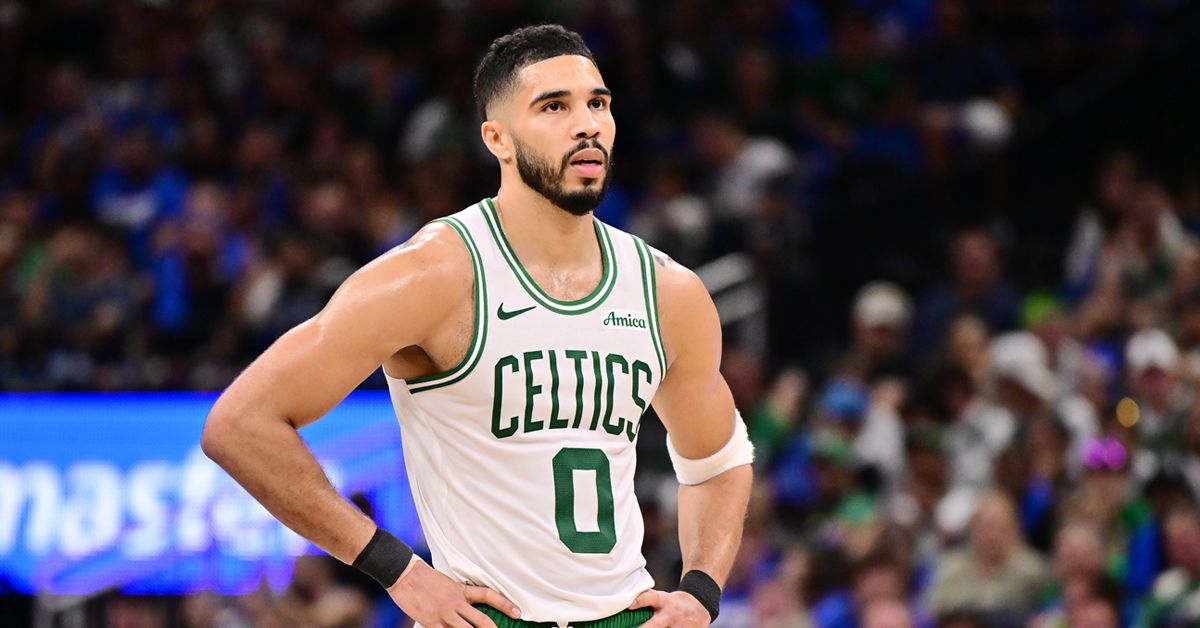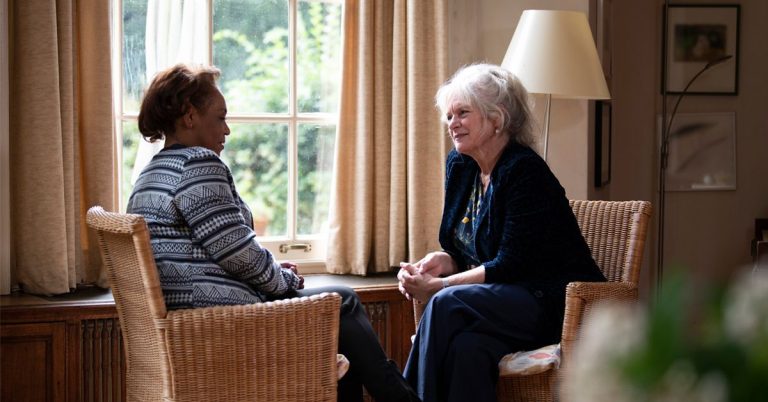When Boston Celtics forward and two-time Olympic gold medalist Jayson Tatum ruptured his Achilles tendon on May 12 during the Eastern Conference playoffs against the New York Knicks, he immediately knew something was wrong.
“Being a basketball player, we understand movements related to certain injuries. When I pushed off, I could hear it pop. It felt like somebody kicked me, but I knew nobody was behind me,” Tatum told Healthline. He fell, grabbed his calf and recognized the injury. He had surgery the next day.
Tatum said the opioid pain meds given after surgery made him nauseous and disoriented. “They gave me [an opioid for pain] at 8:00 p.m., and at midnight, then they woke me up again at 4:00 a.m., and I was so nauseous and I felt so sick and out of it. I told my trainer I would rather tough it out with the pain because the medicine that they gave me is making me feel worse,” he recalled.
Nineteen weeks into his recovery, Tatum told Healthline he switched to a non-opioid medication, Journavx, prescribed by his orthopedic surgeon Martin J. O’Malley, MD, at Hospital for Special Surgery. Unlike opioids, which block pain by altering nerve signals and can trigger the brain’s reward system and dopamine release (raising addiction risk), Journavx reduces pain signals in the peripheral nervous system and does not penetrate the brain, O’Malley said. He noted that individual responses vary and patients should discuss risks and side effects with their doctors.
Tatum partnered with the makers of Journavx to share his experience. He described the long, phased recovery: surgery, stitches out at two weeks, wearing a boot for roughly 10 weeks, and progressing to crutches and 50% weight bearing around four weeks. He still felt discomfort and, after starting the prescribed non-opioid medication for moderate to severe acute pain, said, “It took the pain away.”
Because his injury was so public, Tatum hopes sharing his story will open conversations between patients and doctors about pain-management options. “I thought it was a perfect opportunity to be vulnerable, talk about what I’m dealing with, my process, and be a conversation starter for people and their doctors about different choices and options,” he said.
Emotionally, Tatum struggled with the reality of missing an extended period of play. “I was in disbelief. I was sad. I wasn’t sure if I was up for what was all about to happen or be required for me to come back. I was like, I don’t know if I can do this,” he said, describing the helpless feeling of being splinted, elevated and unable to bear weight. He leaned on support from friends, his mother and his two children, 7-year-old Deuce and 14-month-old Dylan, and appreciated fans’ messages and prayers.
O’Malley said that for professional athletes, returning to pre-injury performance after an Achilles rupture typically takes 9 to 12 months. For the average person, basic return to normal activity is often 10 to 12 weeks, with about six months before feeling fully recovered. He emphasized physical therapy as the most important part of recovery, praising Tatum as “a model patient” who has worked exceptionally hard in rehab.
Tatum said the injury reinforced how much he values his health. “When I first got to the NBA, I was 19. I didn’t value eating the right things or sleeping as much, or lifting or recovery as much as I do now,” he said. Now 27, he’s focused on sleep, nutrition and recovery to prolong his career. He added that his appreciation for basketball has never been higher: he does not take the game for granted, and he aims to maximize his abilities for himself, his teammates and his family.




